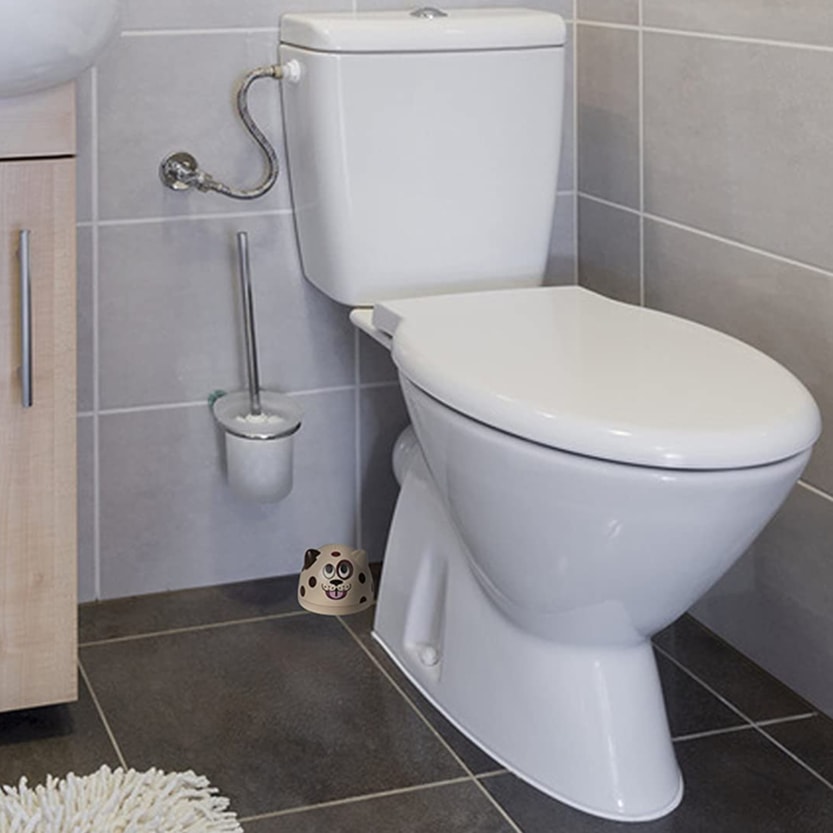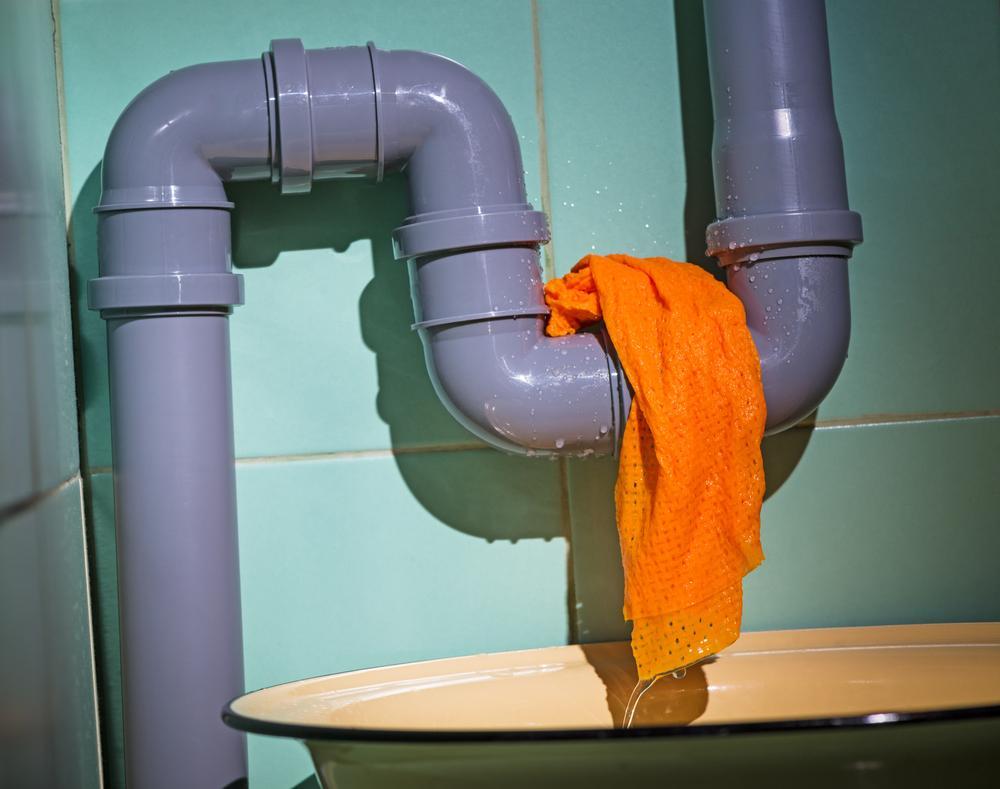In this article in the next paragraph yow will discover a lot of worthwhile expertise on the subject of How to Check for Bathroom Leaks.

Shower room leaks are annoying as they interrupt your day's plan. They differ in intensity depending upon the resource of the leakage. You should prioritize them, as they can swiftly aggravate. So, it is an alleviation that most restroom leakages are very easy to spot as well as deal with, with very little price implications.
Having a water leakage in bathroom can be stressful to the house owner. The article offers as a "initial aid" when you require an emergency situation reaction to a water leakage in bathroom.
Detection as well as Repair Work of Water Leak in Shower Room
Water leak in shower room frequently arises from pipes as well as pipeline faults. There are a number of sorts of restroom leaks. You might need a standard knowledge of these leakage types to spot the water leakage in bathroom. Right here are the usual bathroom leaks as well as take care of tips:
Sprinkle Leaks
These frequently arise from water spilling on the bathroom floor from the bathtub. It is a consequence of using a poor shower curtain or used tub cellular lining. It harms the shower room flooring and also may cause rot to wooden floorings and also washroom doors. The water usually pools around the tub or shower. This might lead to even worse restroom damages without prompt handling.
What to Do
If the leakage has actually damaged the bathroom flooring or door, you might require to change these to prevent more damage. The excellent news is that you can entail a pipes expert to aid with the washroom fixing.
Commode Leaks
Often, water leaks from the commode and also swimming pools around the commode base. It is an eye sore in the restroom and also requires prompt attention.
What to Do
If there are loose screws between the tank and toilet, you only need to tighten them. In some cases you might need to reapply wax on the gasket or employ a washroom leakage expert to replace used or broken components.
Clogged Shower Room Sinks
Occasionally, the water leak in restroom results from sink obstructions. It is easy to deal with blockages, and also you might not require expert abilities.
What to Do
You can make use of a drainpipe snake to remove the debris in the drainpipe and also let the stationary water flow. Drain cleansers are likewise offered in shops and also are easy to utilize.
Final thought
Water leakages in the shower room are avoidable occasions in the residence. When they do, repair them immediately, or engage the solutions of an expert.
The short article offers as a "initial aid" when you need an emergency response to a water leak in restroom.
Water leak in bathroom commonly results from plumbing and also pipe mistakes. You might require a fundamental knowledge of these leakage kinds to identify the water leakage in bathroom. It harms the bathroom floor and also may create rot to wood floors and also shower room doors. In some cases, the water leak in washroom results from sink clogs.
Tricks for Locating a Water Leak in Your Bathroom
Run a Test Using Your Water Meter
One of the clearest indications of a leak in your household is if there’s a sudden unexplained increase in the water bill. For the most part, your water usage shouldn’t change too much from month to month, so a sudden surge is a surefire warning sign.
For further evidence of a leak, Bob Vila recommends this simple test. First, "turn off all the water faucets in your home, and make sure the washing machine and dishwasher are not running." Go to your water meter and look over the reading. After two hours, see if there is a change in the reading. If there is, you've definitely got a leak on your hands and it may be coming from your bathroom!
Test The Toilet
Toilets are among the leading culprits when it comes to unexplained leaks. The rubber stopper (knowns as the flapper) that separates the tank from the bowl can become brittle over time, creating a leak. If you have a toilet that periodically runs on its own for a few seconds, this is probably why.
To confirm your suspicions, put a couple of drops of food coloring into the tank of the toilet. Return after a few minutes and check the bowl. If the dye has entered the bowl, then there’s a leak that should be repaired.
Check for Water Damage to The Walls and Ceilings
If you have a leak emanating from an upstairs bathroom, one of the first things you’ll notice is water damage on the ceiling of the room below. Watermarks and discoloration are clear indicators of leaks, but you might also notice flaking or peeling paint.
Remember: Water doesn't always follow predictable routes. So if you see water marks on the walls, those could also be the result of a leaky upstairs bathroom.
Be Aware of Musty Odors
When it comes to bathroom leaks, the nose often knows best. An undetected leak can go on for quite some time, resulting in the ideal conditions for mold and mildew. Mold has an unpleasant odor and is a sign that your home could be suffering from significant water damage. It’s also a health hazard, especially for those who suffer from respiratory illnesses and allergies, so it's important you have it remedied as quickly as you can.
Inspect Bathtub and Shower Seals
You might not see any leaks or notice any obvious signs of water damage, but it’s important that you look for gaps between the seals surrounding your shower, bathtub, and walls. These kinds of leaks may require extensive renovations if they’re not repaired promptly.
Any presence of moisture on the seals is indicative of a problem, as is peeling or bubbling paint on the bathroom walls. If you have vinyl flooring, be cognizant of curling or bubbles and soft spots in the wood beneath.
https://www.waterdamagerestorationaz.com/locating-bathroom-water-leak-tricks

I have been very serious about How to Detect and Fix a Bathroom Leak and I really hope you enjoyed the entire blog posting. Please take a moment to share this content if you appreciated it. We treasure reading our article about Tips For Water Leak Detection In Bathroom.
Schedule Now!
Comments on “Guidance for Identifying and Addressing Bathroom Water Leaks: Expert Insights”